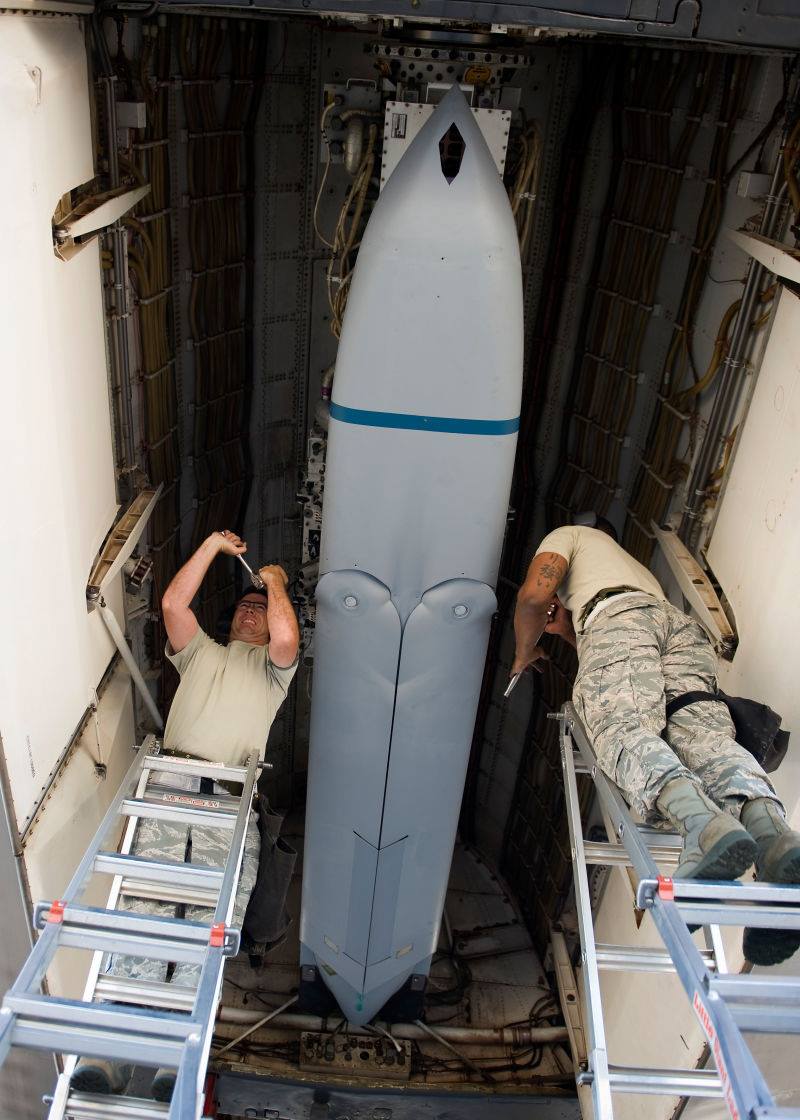House defense authorizers highlighted a spate of hypoxia-like cockpit incidents in U.S. Navy aircraft during a markup of the defense policy bill, with one lawmaker slamming the service for its “insufficient” response to the problem.
Rep. Niki Tsongas (D) of Massachusetts introduced an amendment during the debate that would fence funding to buy
strike fighters until the Secretary of the Navy has a plan—and funding—in place to implement a series of recommendations included in a comprehensive review of the so-called “physiological episodes” (PEs), where pilots across the F/A-18 and T-45 trainer aircraft fleets experience symptoms potentially related to lack of oxygen during flight.
The move was purely symbolic, as Tsongas immediately withdrew the amendment. However, it served to highlight Congress’ concern over the issue, which has cost the lives of at least four F-18 pilots and caused many “close calls.”
“I do not offer this amendment lightly. I know many members support extended production of F-18 aircraft and that the Navy has significant F-18 readiness problems and needs new aircraft,” Tsongas said. “I offer this amendment because the Navy’s recently published report included several major findings that I think all members should be aware of as we consider F-18 production in the future.”
House authorizers included $1.8 billion in their version of the fiscal 2018 National Defense Authorization Act to buy 22 new F/A-18s for the Navy.
“What’s occurring in the Navy is absolutely unacceptable... This is absolutely critical for our pilots, and it also goes to the confidence of the pilots, the ability of a pilot to know that their system is going to operate and they are not putting their lives at risk,” said Rep. Mike Turner (R) of Ohio, chairman of the subcommittee on tactical air and land forces. “Their response has been insufficient.”
The Navy’s report, signed by Adm. Scott Swift, commander of Pacific Fleet, failed to identify a root cause of the incidents, but laid out a series of recommendations to begin addressing the problem.
In the T-45 community, the Cobham-built Onboard Oxygen Generator System (Obogs) could be the culprit, according to Vice Chief of Naval Operations Adm. Bill Moran.
“The integration of the on-board oxygen generation system in the T-45 and FA-18 is inadequate to consistently provide high-quality breathing air. To varying degrees, neither aircraft is equipped to continuously provide clean, dry air to Obogs—a design specification for the device,” according to the report.
The result is that contaminants can enter aircrew breathing air provided by Obogs, potentially causing hypoxia.
The Navy has identified several modifications it hopes will fix the problem, according to the report: install a water separator into the Obogs bleed air line to filter out any moisture from the air flow; redesign and install a bleed air valve to purge the system from water coming off the engine; deliver and field the CRU-123 monitor system to monitor the air coming out of the Obogs; and explore options to filter contaminants.
The Navy also redesigned the mask to make it easier for pilots to switch from Obogs to breathing cabin air or vice versa, and T-45 instructor pilots are currently doing testing this configuration, Moran said.
In the F/A-18 fleet, on the other hand, the problem is not just the Obogs, but also pressurization, Moran said. The Navy will conduct an Environmental Control System (ECS) “reset,” looking at all of the subcomponents and piping of the ECS to determine where the problem is, he said.



